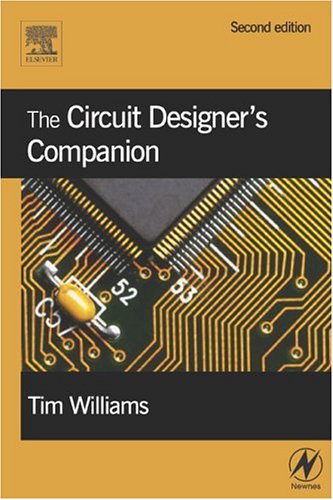I recently picked up a copy of Tim Williams’ Circuit Designer’s Companion after I noticed it on my Amazon
recommendations list (which seems to know my tastes a little too well these days.)
This is a fun and useful book. The emphasis is on practical information that is useful to working engineers, not PhD students. This means that there are a lot fewer equations in this book than The Art of Electronics and it’s a lot less intimidating for someone without a degree in Electrical Engineering. The book’s roughly 400 pages include topics such grounding and shielding sensitive circuits, some basic tips for routing PCBs, why it’s usually better to buy a switching power supply than build your own, some comparisons of batteries, and how to pick a fuse. (Sadly, the latest microcontrollers and Lithium battery technologies are missing – not surprising, since the 2nd edition was released in 2005. Time for an update?)
I like Williams’ writing style, and usually pick this book up first to see if he has a quick solution to the problem at hand before diving into one of my more dense engineering texts. While this book isn’t a replacement for my other (heavier) reference books, it’s a welcome addition to my desk. I keep it within easy reach.



